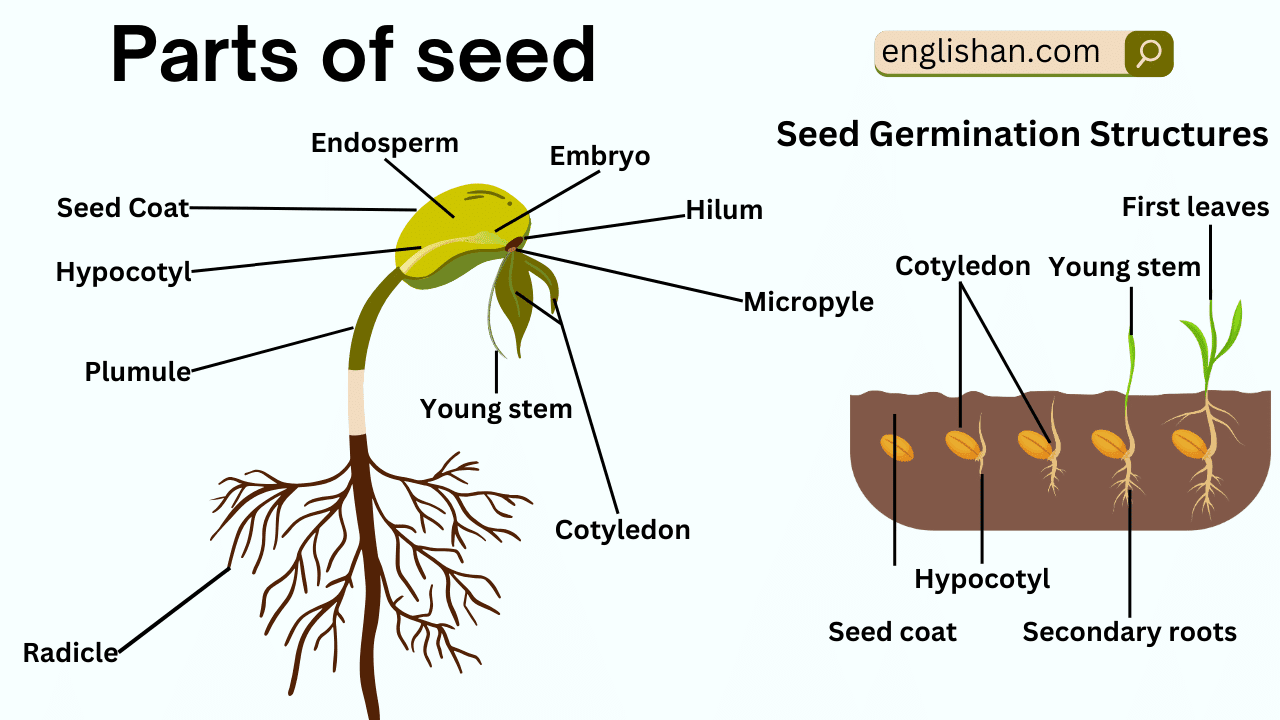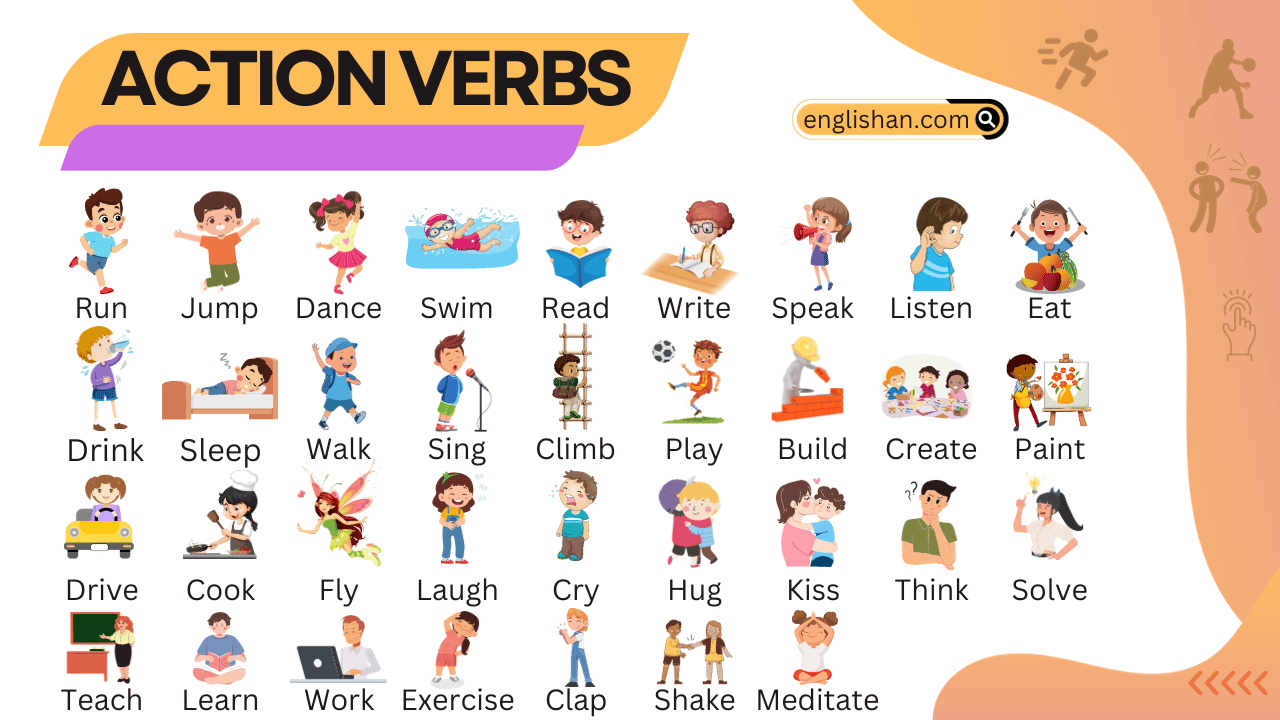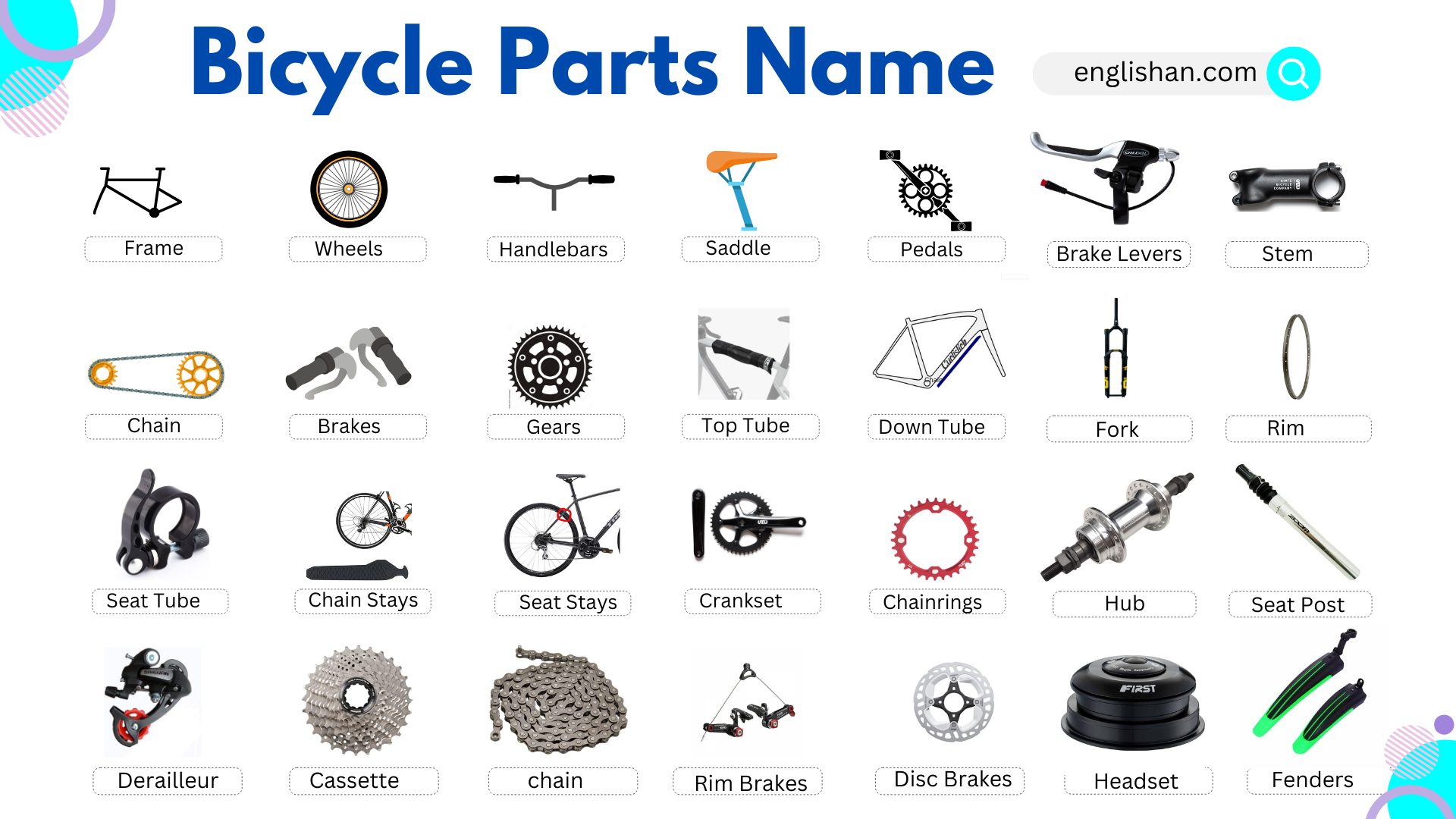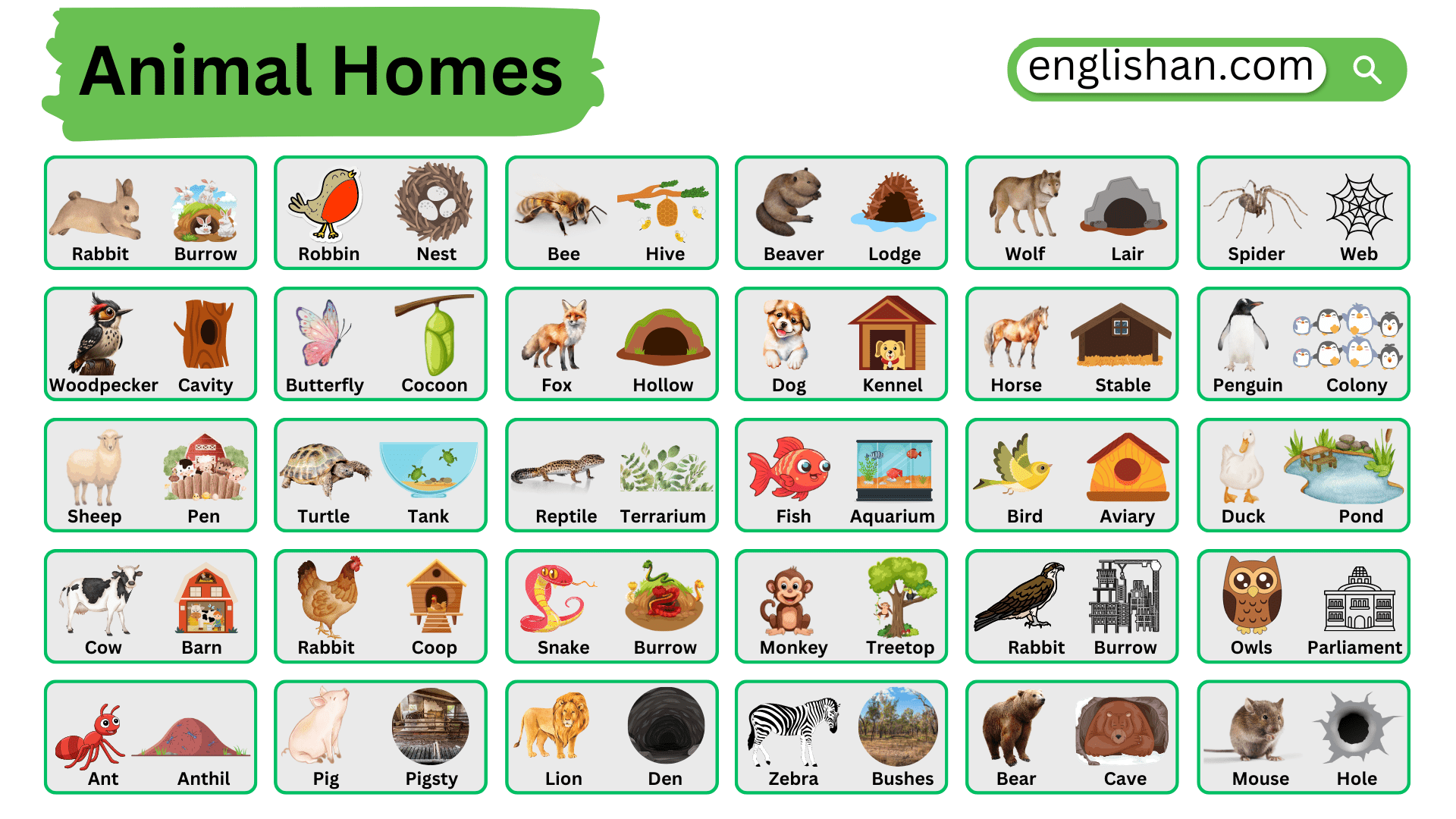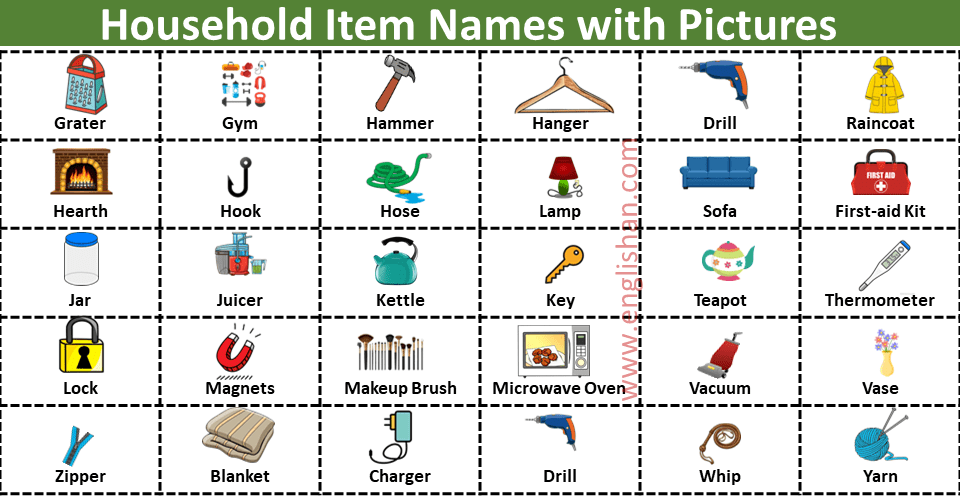Contents
In this blog post, we will help you understand the names of different parts of a seed in English. Seeds are important for plant growth, and knowing their parts can improve your knowledge of nature and science. Learning these terms will help you describe seeds clearly and build your vocabulary. Whether you are a student or just curious about plants, mastering these names will help you in learning more about the world around you.
Want to learn more vocabulary? Check out our Vocabulary Category for more topics!
What is Seed?
A seed is like a tiny, sleeping plant in a small package. It has a protective coat on the outside. Inside, there’s a baby plant and some food for it. When a seed gets the right conditions, like water and warmth, it wakes up and starts to grow into a new plant. So, a seed is like a magical capsule that holds the beginnings of a new plant.
Types of Seed
Seeds come in various types, each with unique characteristics. Here are some common types of seeds:
Monocotyledonous Seeds (Monocots):
- These seeds have one cotyledon (seed leaf).
- Examples include grasses, lilies, and orchids.
Dicotyledonous (Dicots):
- These seeds have two cotyledons.
- Examples include beans, sunflowers, and roses.
Epigeal Germination:
- Germination involves the cotyledons emerging above the soil surface.
- Examples include beans and sunflowers.
Hypogeal Germination:
- Germination occurs below the soil surface, and cotyledons remain within the seed coat.
- Examples include peas and peanuts.
Orthodox:
- These seeds can endure drying and survive in a dormant state.
- Examples include beans and peas.
Recalcitrant:
- These seeds cannot endure drying and must be planted quickly.
- Examples include acorns and some tropical seeds.
Naked:
- It’s not enclosed within a fruit.
- Examples include pine seeds and some gymnosperms.
Endospermic:
- Seeds with a significant endosperm that provides nourishment to the developing embryo.
- Examples include maize (corn) and coconut.
Non-endospermic:
- Seeds without a persistent endosperm.
- Examples include beans and sunflowers.
Insect-Dispersed:
- Seeds adapted for dispersal by insects.
- Examples include certain flowers with sticky seeds.
Wind-Dispersed:
- Seeds adapted for dispersal by the wind.
- Examples include dandelion and maple seeds.
Animal-Dispersed:
- Seeds with adaptations for dispersal by animals.
- Examples include fruits eaten by birds and then excreted in a new location.
These types are showcase the diversity and adaptability of plant reproduction strategies, allowing plants to thrive in various environments and ecosystems.
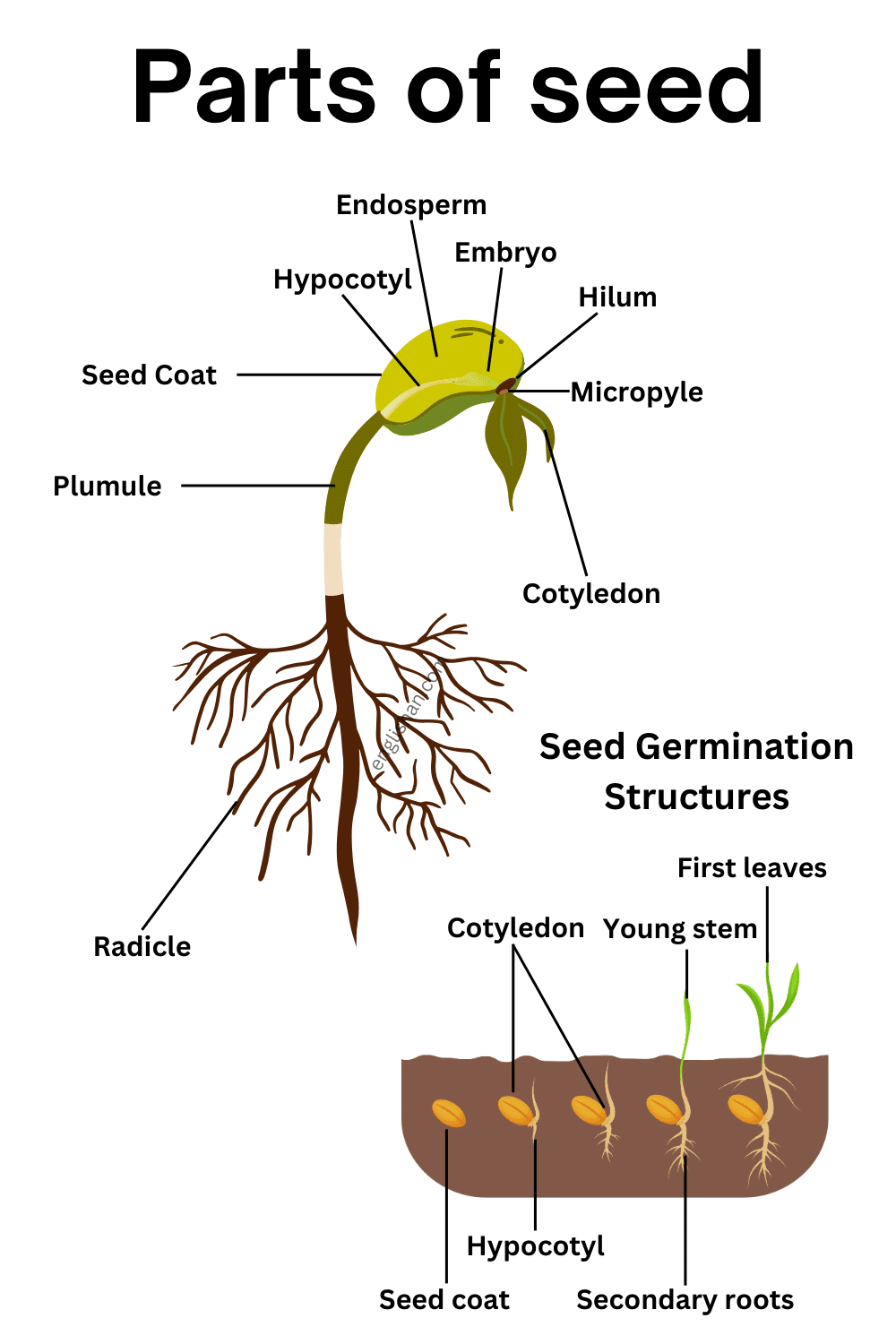
Parts of Seed with Their Functions
It consists of several essential parts, each playing a specific role in the process of plant reproduction and growth:
Seed Coat:
Function: The outer protective layer of the seed. It shields the inner parts from physical damage, pathogens, and drying out during periods of dormancy.
Embryo:
Components:
- Radicle (Embryonic Root):
- Function: Develops into the primary root, anchoring the plant and absorbing water and nutrients from the soil.
- Plumule (Embryonic Shoot):
- Function: Develops into the above-ground parts of the plant, including stems, leaves, and flowers.
- Cotyledons (Seed Leaves):
- Function: Store or provide nutrients to the developing seedling.
Endosperm:
Function: Nutrient-rich tissue surrounding the embryo. It serves as a source of stored food, including starch, proteins, and oils, to nourish the growing seedling.
Radicle:
Function: The embryonic root that develops into the primary root, facilitating the absorption of water and nutrients from the soil.
Plumule:
Function: The embryonic shoot that develops into the above-ground parts of the plant, allowing for photosynthesis and further growth.
Cotyledons:
Function:</strong> Seed leaves that may contain stored nutrients to support the initial growth of the seedling until it can produce its own through photosynthesis.
Hilum:
Function: The scar on the seed coat where the seed was attached to the plant. It marks the point of attachment and detachment and may serve as a passage for nutrients during its development.
Micropyle:
Function: Small opening in the seed coat. It allows water to enter the seed during germination, initiating the growth process.
Hypocotyl:
Function: Lifts cotyledons and plumule above soil during germination, facilitating exposure to light.
Young Stem (Epicotyl):
Function: Supports emerging leaves, transports water and nutrients, and promotes upward growth.
Understanding the functions of these seed parts provides insight into the remarkable and coordinated processes that occur during germination and the early stages of plant development.
Advantages of Seed
Dormancy for Survival:
- It can endure harsh conditions by entering dormancy, ensuring survival until favorable circumstances arise.
Smart Dispersal:
- Seeds have clever dispersal mechanisms (wind, water, animals) to reach new areas and avoid competition.
Armor with a Purpose:
- The seed coat acts like armor, protecting the vulnerable embryo during its early stages.
Genetic Variety Matters:
- Seeds foster genetic diversity, enhancing a plant population’s ability to adapt to changing environments.
Stored Energy Kickstart:
- Store energy reserves, providing a head start for seedlings until they can produce their own food.
Independence Day for Seeds:
- Seeds allow plants to reproduce independently, expanding their territory.
Timing is Everything:
- Germination timing is crucial; seeds strategically wait for optimal conditions.
Time-Tested Longevity:
- Some endure for a surprisingly long time, ensuring a species’ lasting presence.
Light and Easy Transport:
- These are lightweight and easily transportable, aiding in the adaptability of plant species.
Avoiding Mistakes
FAQs
The main parts of a seed include the seed coat, embryo, cotyledons, endosperm, radicle, plumule, hilum, micropyle, and seed axis.
The seed coat protects the inner parts of the seed from physical damage, pathogens, and drying out during dormancy.
The embryo consists of the radicle (embryonic root), plumule (embryonic shoot), and cotyledons.
Cotyledons may contain stored nutrients that provide nourishment to the developing seedling until it can perform photosynthesis and produce its own food.
The endosperm is a nutrient-rich tissue that surrounds the embryo, providing stored food, such as starch, proteins, and oils, to support early seedling growth.
The radicle is the embryonic root that develops into the primary root, anchoring the plant and absorbing water and nutrients from the soil.
The plumule is the embryonic shoot located above the cotyledons. It develops into the above-ground parts of the plant, including stems, leaves, and flowers.
The hilum is the scar on the seed coat where it was attached to the plant. It marks the point of attachment and detachment.
You May Also Like
